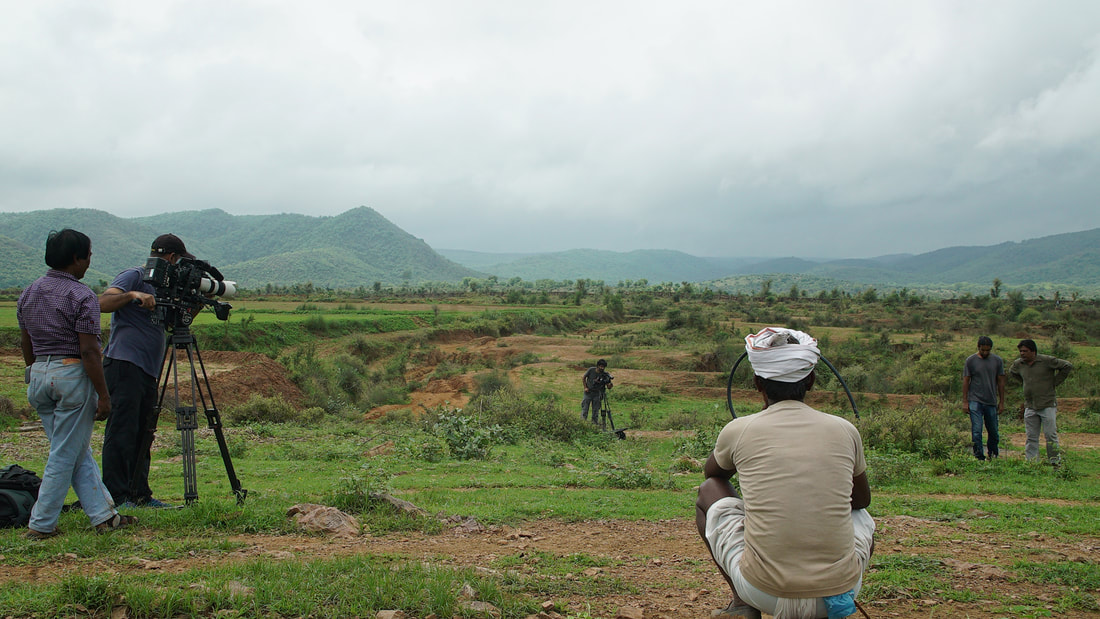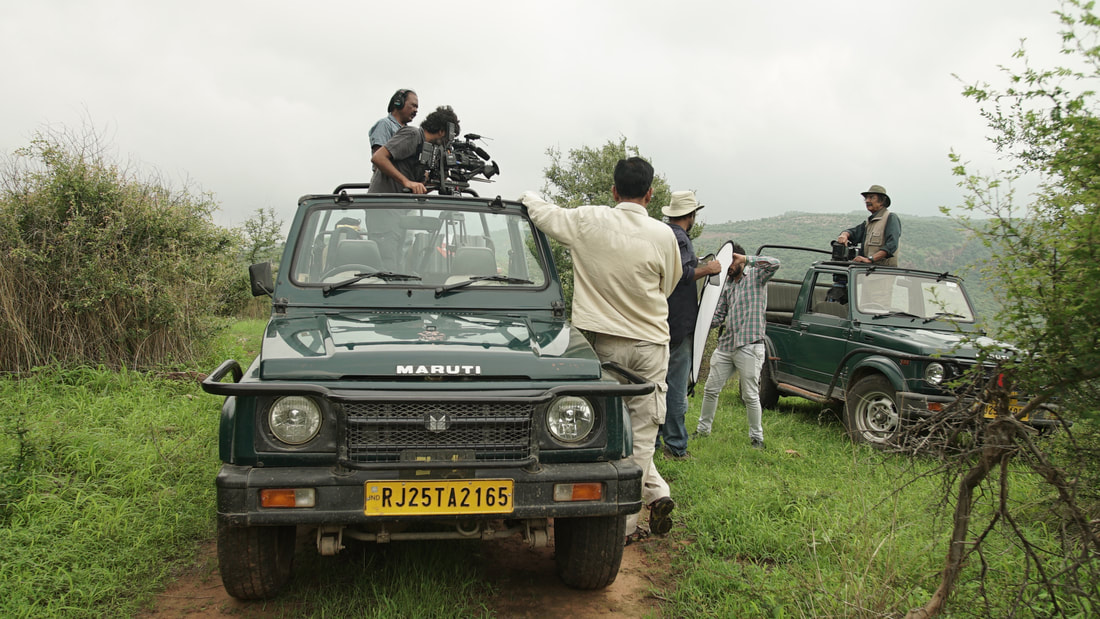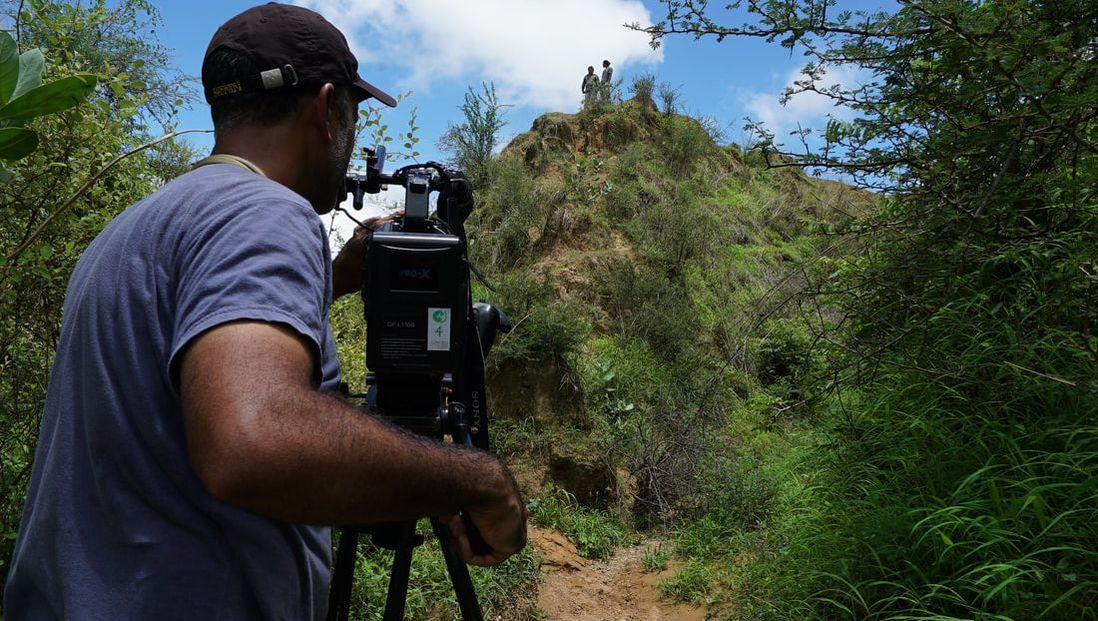|
We reached out to our festival filmmakers to ask them questions about the experience of making their films.
What inspired this story?
Tigers have always caught people's imagination. They are one of the biggest and most powerful cats and a symbol of India’s ecological abundance. A tigers presence in a forest proves that the forest is healthy. For the past few years tiger numbers have risen in India in the wild. The forest of Ranthambhore has especially seen a high rise in tiger numbers. We were filming in Ranthambhore when Sultan suddenly vanished. He was supposed to be the next dominant male in the area where we were filming most. A young healthy tiger disappearing was a really bad sign. We started to follow his tracks and also understand the complex relationship tigers and people share in and around Ranthambhore National Park. The park earns high earnings from tourism. It's one of the most visited National Parks in the country. Yet in the last 5 years 12 tigers have gone missing from Ranthambhore. We needed to understand where these missing tigers go? Do they get killed, poached or poisoned? What we found was incredible! Tigers of Ranthambhore were sometimes walking even up to 300 kilometeres in search of prey and new habitat! This gave us and the filming crew hope. Sultan may not have been poisoned or poached. He could have just walked out of the safety pf the park in search of food and new territory. This is how our journey began to follow Sultan and tell the story of missing tigers of Ranthambhore. Were there any surprising or meaningful experiences you want to share? The two most meaningful experiences in this journey were to witness the work of the village volunteers at the ground level and the change in the Moghiya community. The village volunteers are volunteers from the community of shepherds who live around Ranthambhore. They understand the terrain the best and also understand the nuances among the people who share their habitat with the Tiger. The team of people we met, monitor and track tigers of Ranthambhore who leave the protected borders of the National Park and walk through natural corridors that are now agricultural fields or peoples homes. To see and meet people from the community who have become guardians of the Tiger is really an experience that makes you understand the science and hard work needed behind protecting one of India’s most loved yet endangered animal. The Moghiya community was the other experience which was very meaningful for the crew. The Moghiyas are one of the poorest and most marginalised communities in the area. They have been out castes for centuries and have survived on hunting. Identified as poachers and criminals, the new generation of Moghiya children are going to school and learning to leave the ancient traditions of hunting behind. To meet Jaggu and his family gave everyone a sense of immense hope that things can change if the right interventions are put in place.
What impact do you hope this film will have?
We hope that Sultans story becomes an example of what Tigers and other big migrating species are going through across the country. Animals know no boundaries and walk their ancient routes to fend for themselves and their family. Policy makers and decision makers must understand that these ancient corridors must be protected and Tigers must be given these connected safe corridors to be able to breed and maintain their populations. We hope that after this film, Kaila Devi Sanctuary is given National Park Status and is included in the Ranthambhore Tiger Reserve with safe corridors connecting them. This would ensure the increasing populations ofTigers in Ranthambhore to live and breed further and also decrease the unavoidable human-animal conflicts in the area. Describe some of the challenges faced while making this film. We went back looking for Sultan during the monsoons. Everything was flooded and pug marks were difficult to find. Camera trapping was the only way to know which way Sultan might have gone. Parts of Kaila Devi where we wanted to look were completed flooded and inaccessible. This made us lose hope on a daily basis. Other than the film had the support of both the Forest Department and Tiger Watch who were as invested in Sultans story as we were. It was important for them to find this Tiger and prove that a missing tiger did not just mean that it was poached…it meant a tiger had just walked hundreds of kilometres outside of the forest. This is what Tigers do and this must be understood. What drove you as a filmmaker to focus on big cats? Big Cats are a symbol of a healthy forest. At a time when forests across the world are being lost, it is important to tell a story which connects the cats to the forests and finally the forests to every viewer watching the film. India's forests are now reduced to less than 30% of its historic cover. The Big Cats and all the other species dependent on them are disappearing with the forests. Telling the story of a big cat is telling the story of the forests and the habitat they need to sustain them. We feel the Tiger story which has been told so many times can never be told enough. Now might be the time more urgent than ever to celebrate Big Cats and their importance for the ecology that they sustain, the few biodiversity hotspots that remain and the forests that still provide water for the millions.
0 Comments
Leave a Reply. |
Archives
March 2024
Categories
All
|
Contact UsJackson Wild
240 S. Glenwood, Suite 102 PO Box 3940 Jackson, WY 83001 307-200-3286 info@jacksonwild.org |




 RSS Feed
RSS Feed